By Michael E. Haskew
Almost from the beginning, the fractious alliance that defeated Nazi Germany was in peril. The United States and Great Britain had long distrusted the communist regime of the Soviet Union, and the feeling was strongly mutual.
As early as 1943, the Big Three—President Franklin D. Roosevelt, Prime Minister Winston Churchill, and Premier Josef Stalin—had begun to discuss the map of postwar Europe. It was apparent that much hard fighting lay ahead. Nevertheless, the defeat of the Nazis was inevitable. To address the concerns and recognize the spheres of influence that each constituent expected the others to respect, a plan for the postwar disarming of Germany, known as “Rankin C,” was first proposed two years before the end of World War II.
The British plan called for the Soviets to administer northeast Germany and Austria, the British to occupy northwest Germany, and the Americans southwest Germany and Austria. During the Yalta Conference in February 1945, the occupation zones were again just one topic for discussion, debate, and argument among the Big Three. France was given a zone of occupation in the Saar, carved out of the American and British zones. Each major power was also to occupy a section of Berlin, the German capital, 100 miles deep in the Soviet zone. Stalin guaranteed access to the occupation zones in the city by air, land, and rail.
The agreement was finally approved by the leaders, with the Soviets taking in 36 percent of the German population, 33 percent of the nation’s resources, and 40 percent of its land area. Although the divisions of Rankin C were not intended to exist long term, Stalin held a position of strength, and Germany remained a divided country for decades. “Everyone imposes his own systems as far as his army can reach,” he said in the summer of 1945. “It cannot be otherwise.”
By the time the Rankin C agreement was formally signed at Potsdam, on the outskirts of Berlin, in July and August 1945, Roosevelt was dead, and Churchill had been voted out of office. President Harry S. Truman and Prime Minister Clement Attlee represented the United States and Great Britain.
The victorious alliance was crumbling. Ahead lay the Berlin Crisis and half a century of Cold War.

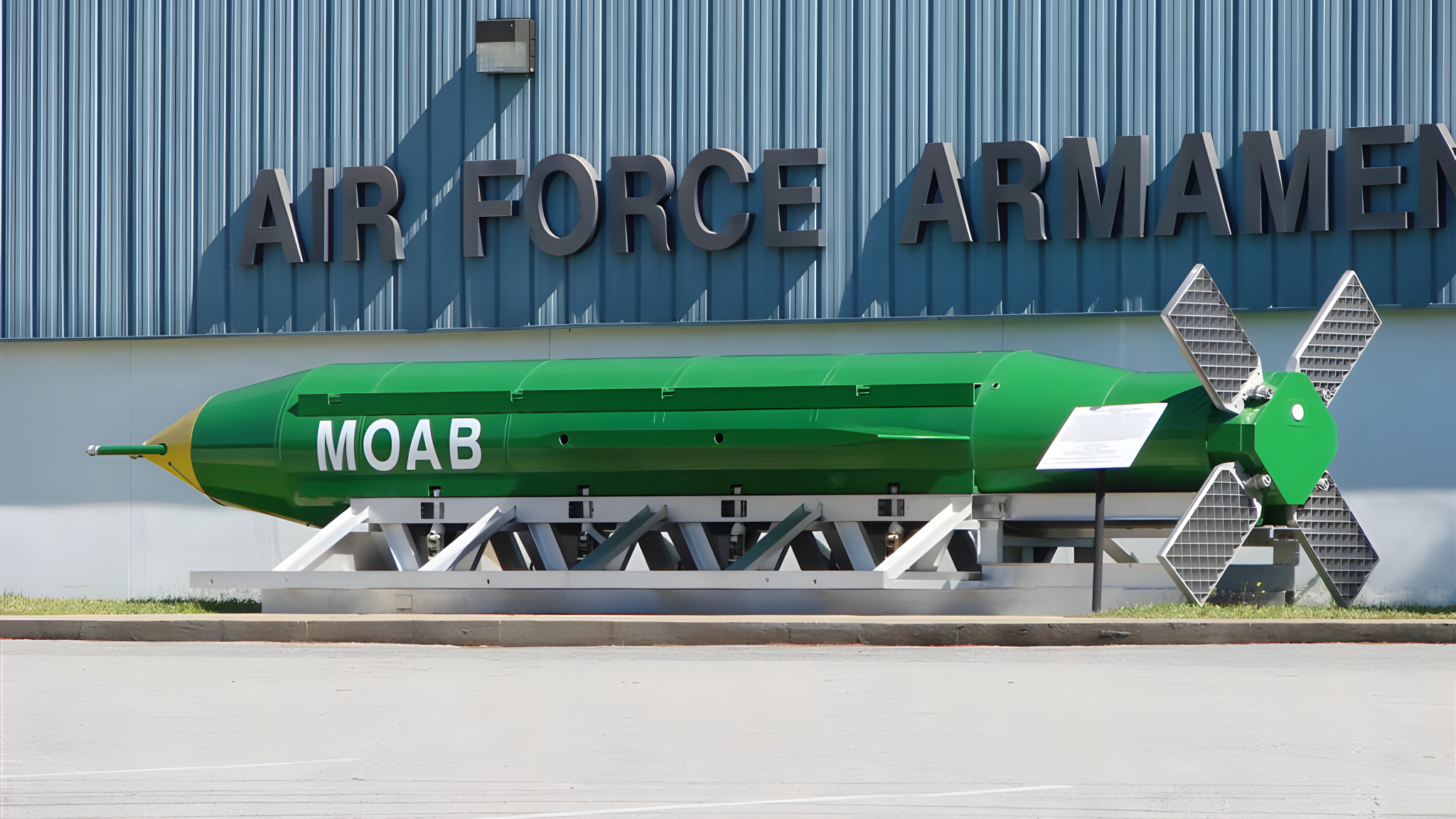
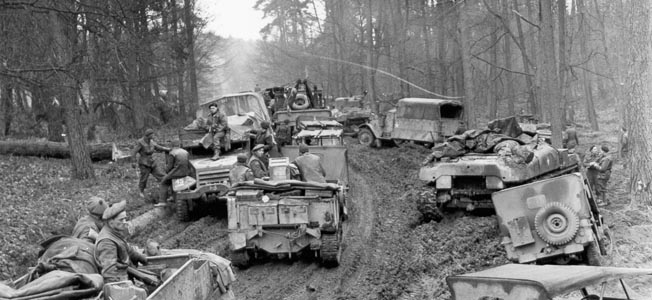
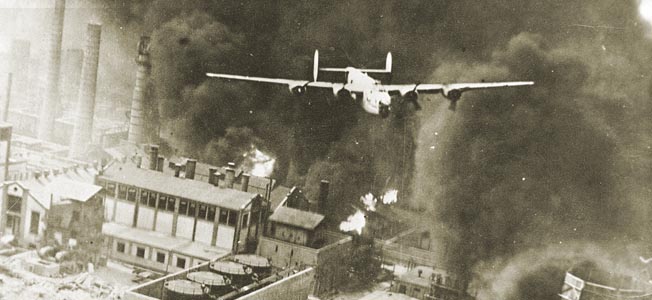
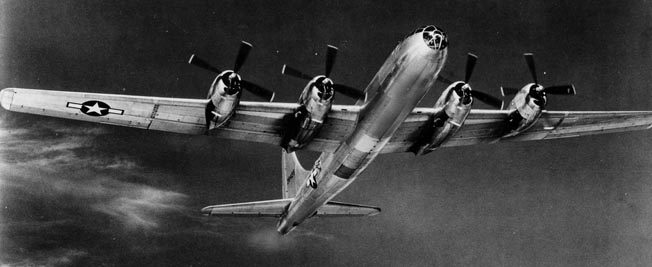
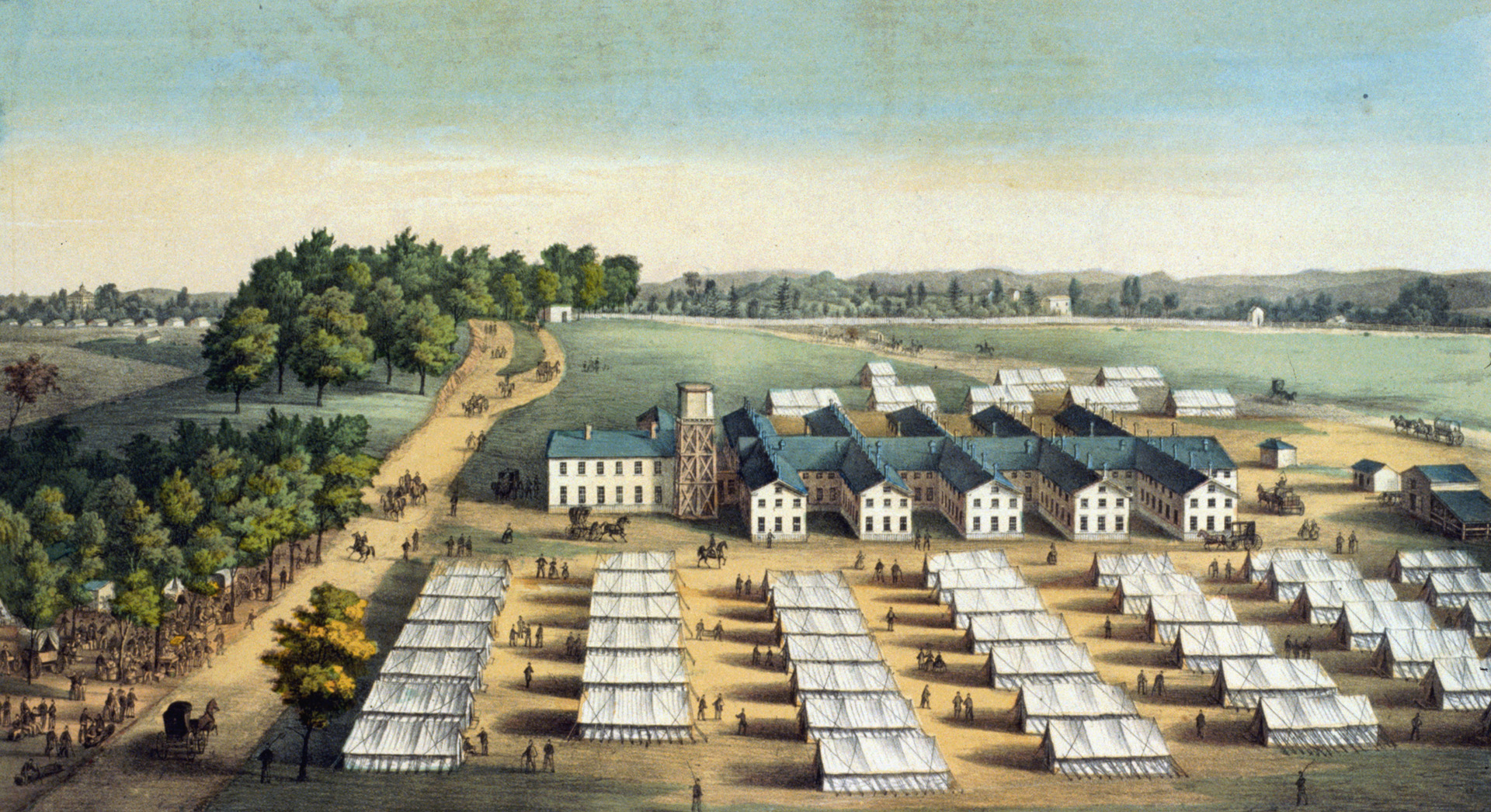
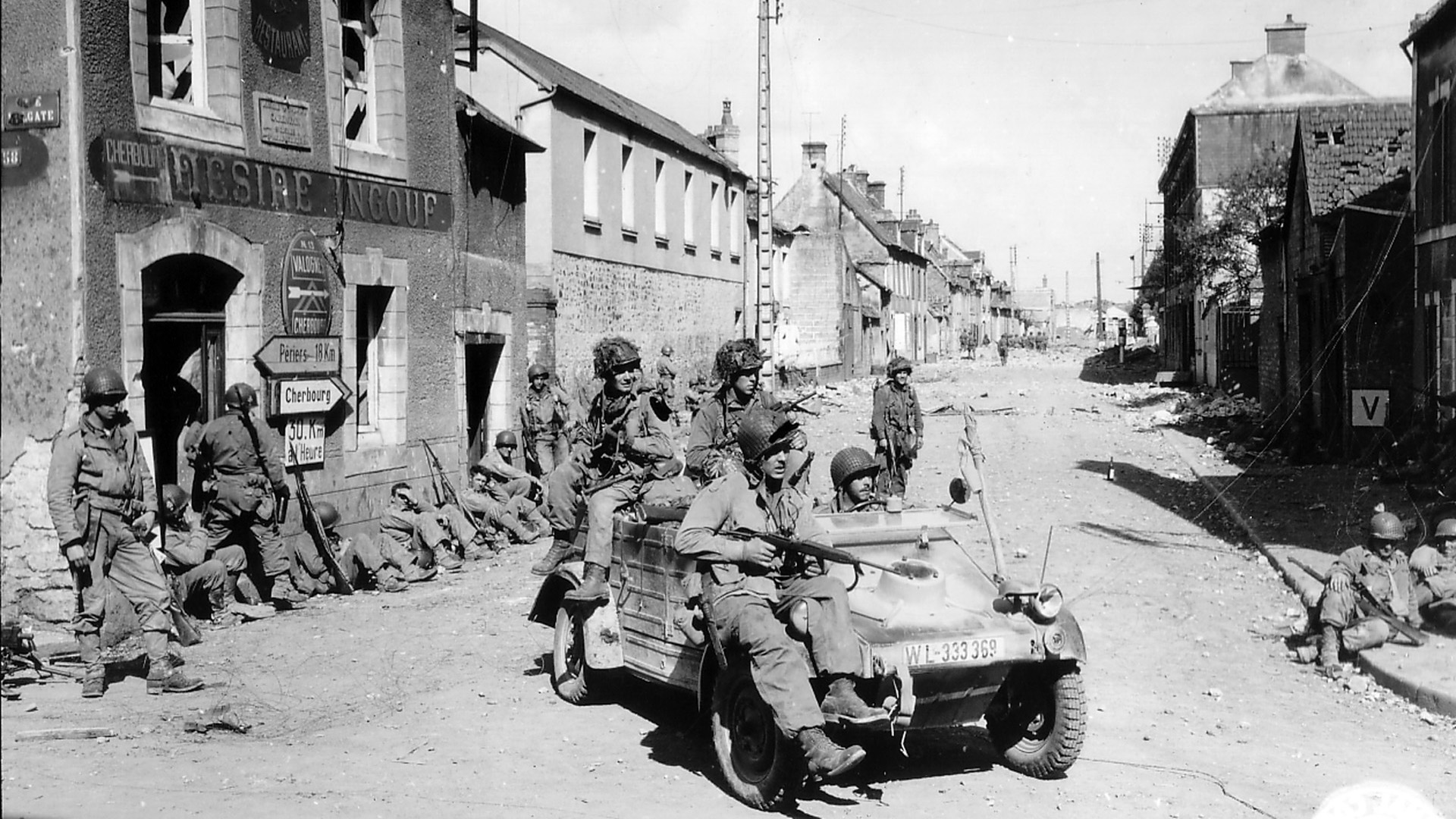
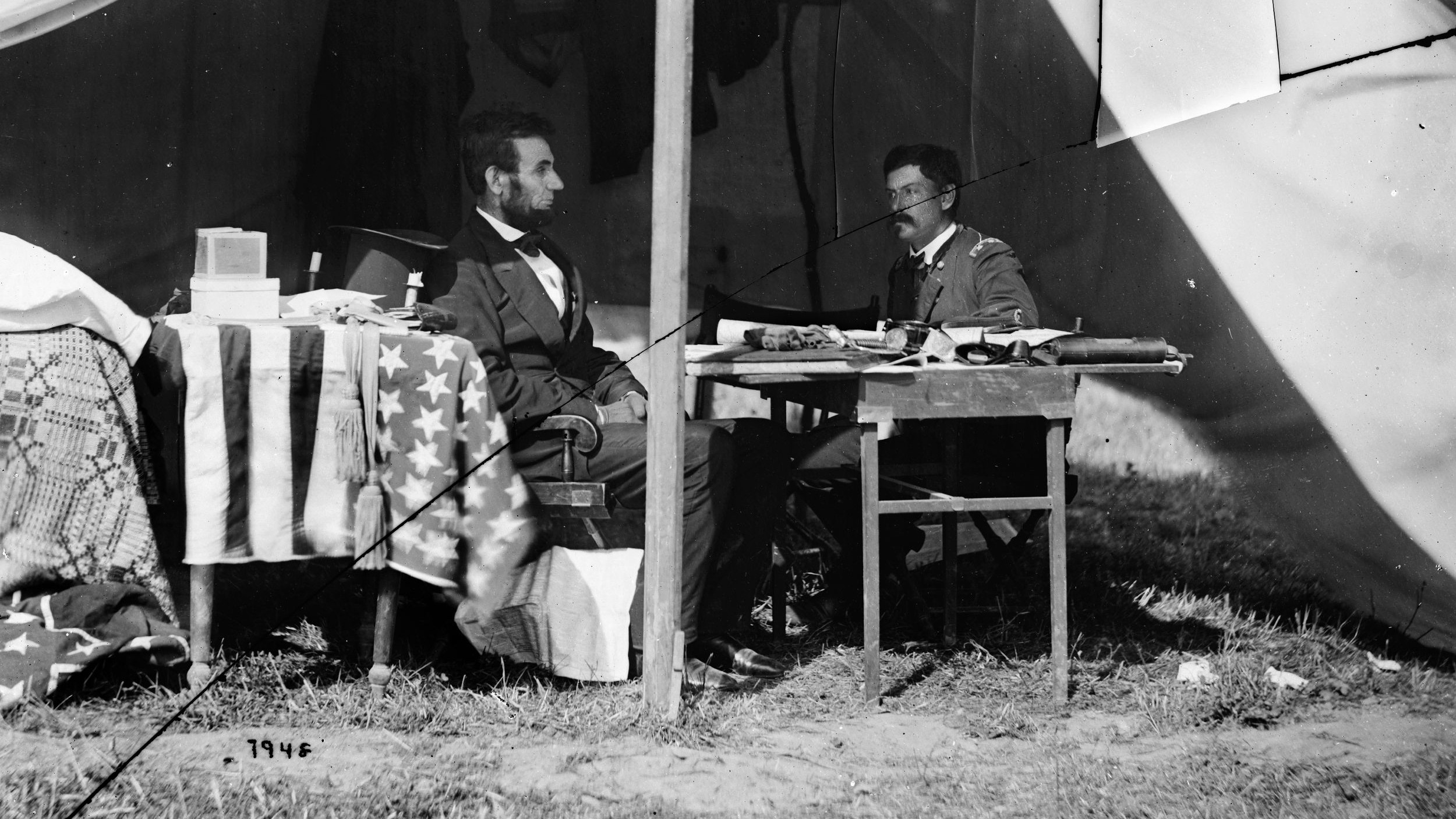
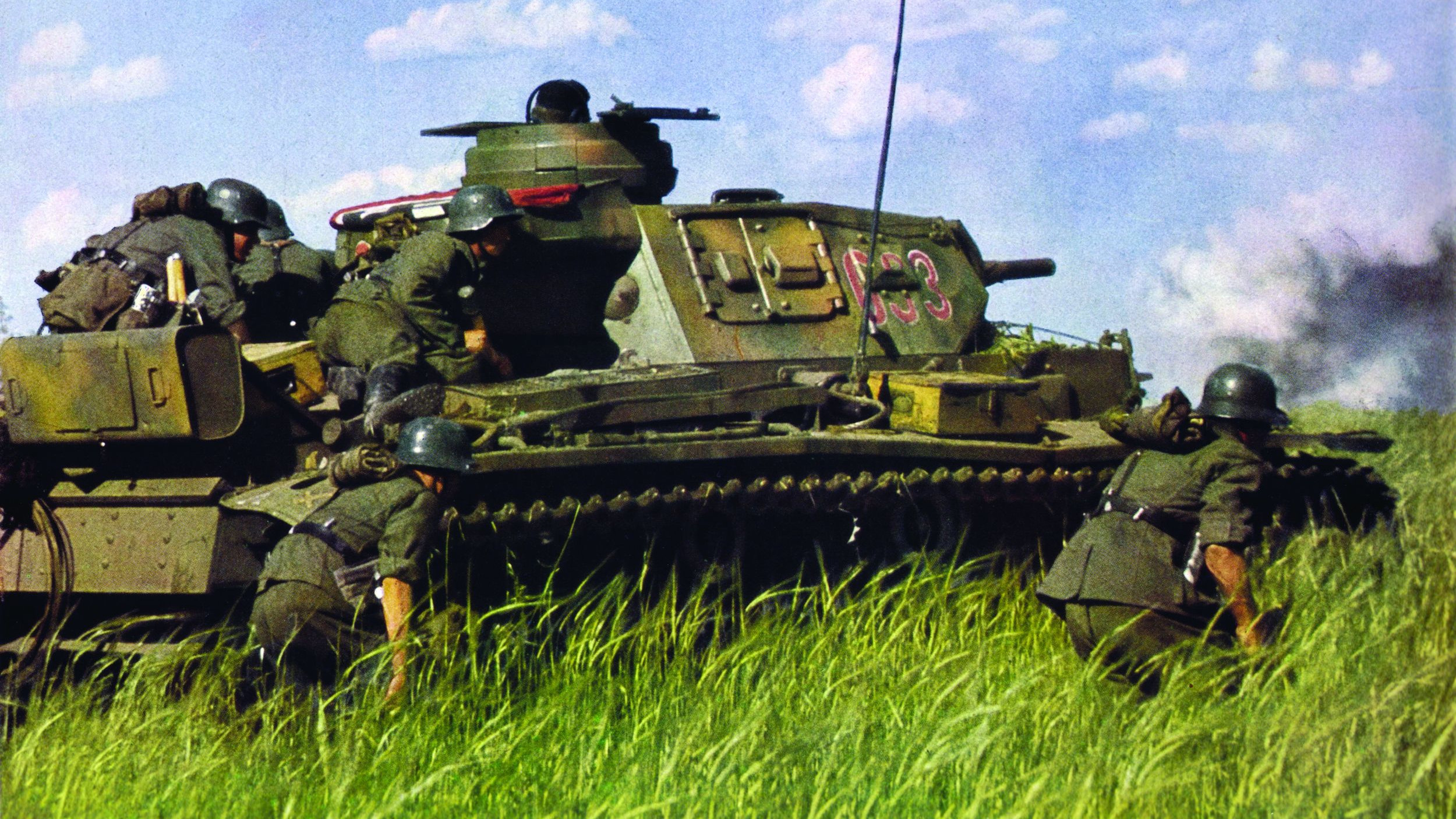
Join The Conversation
Comments
View All Comments